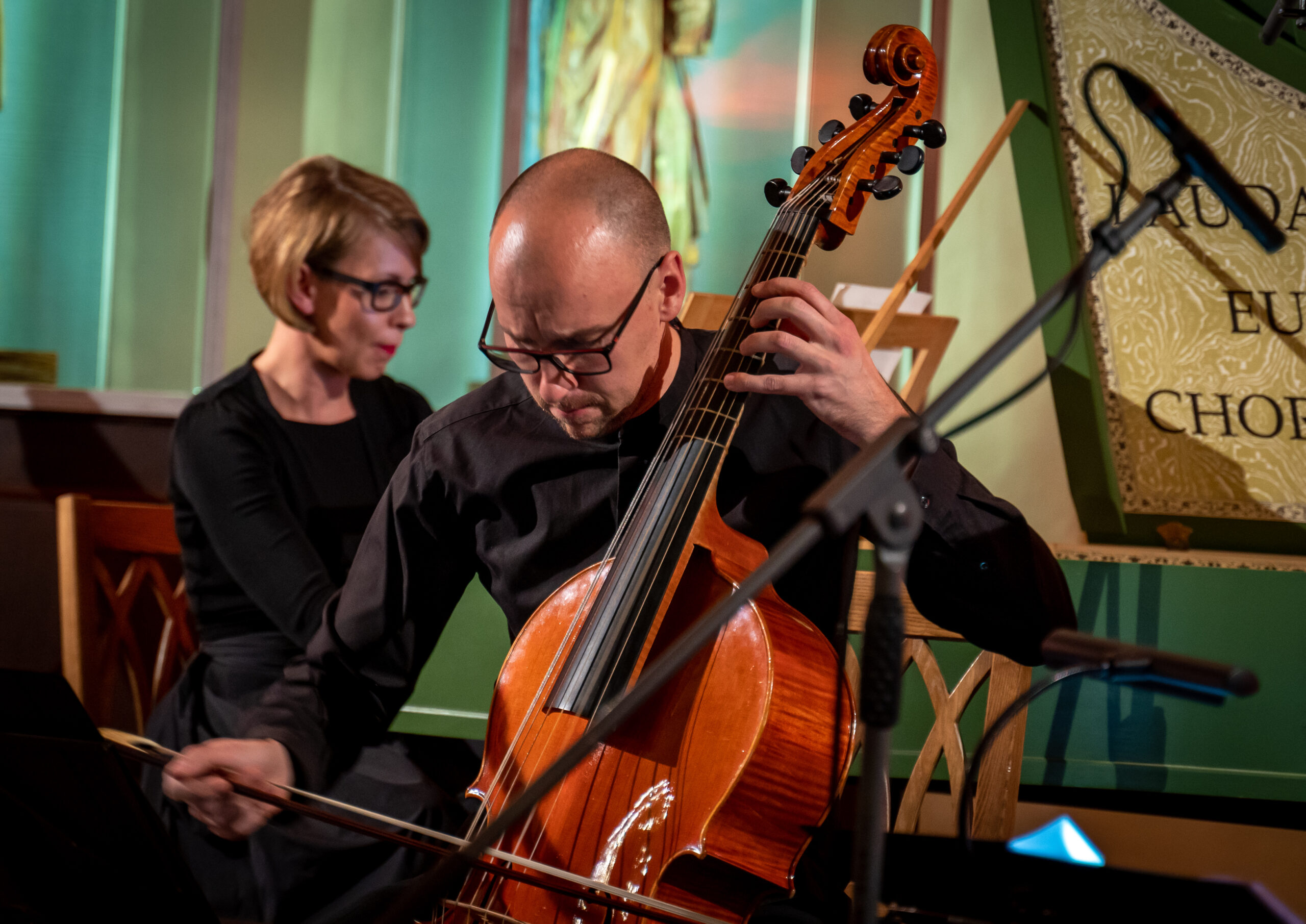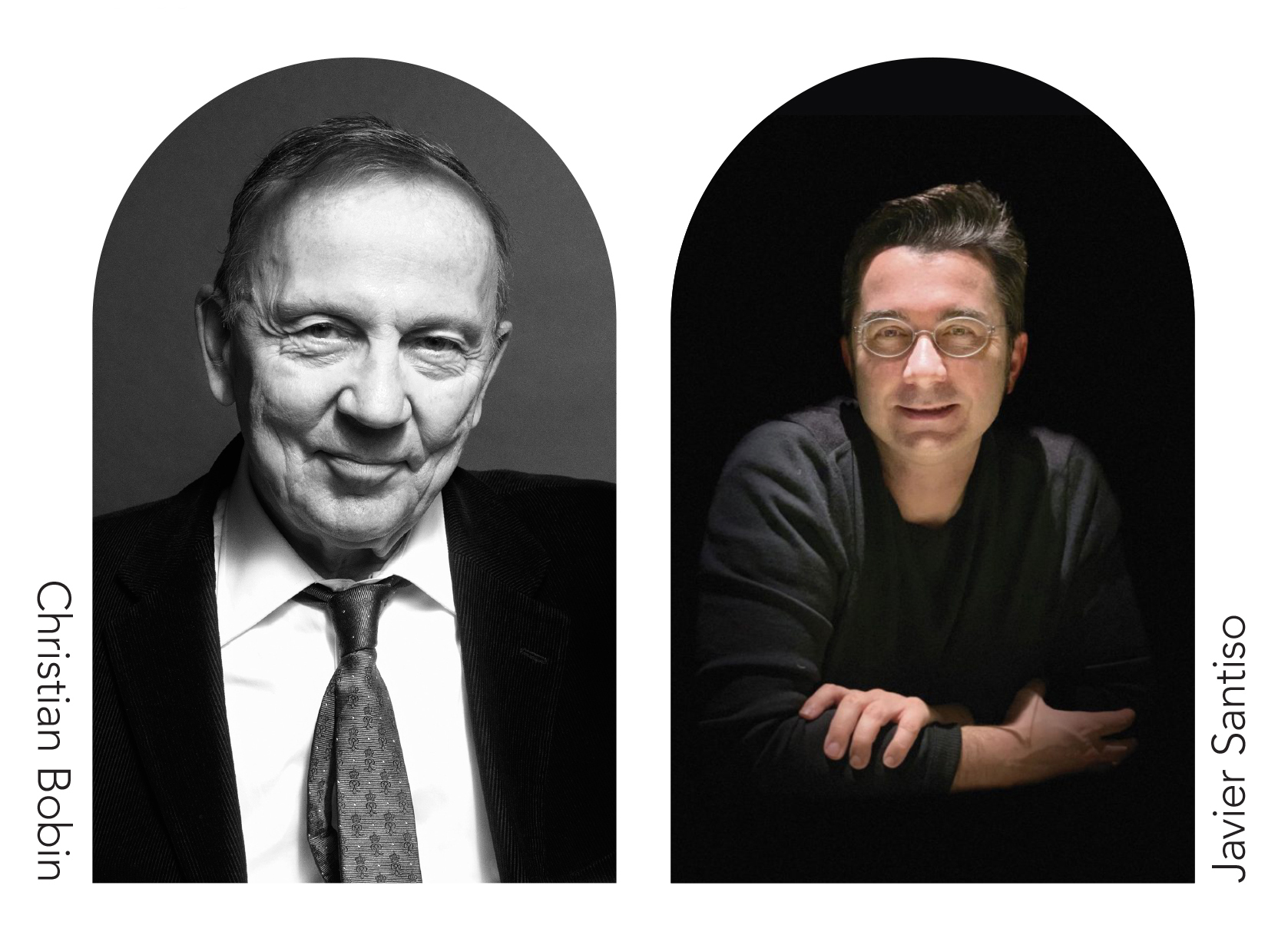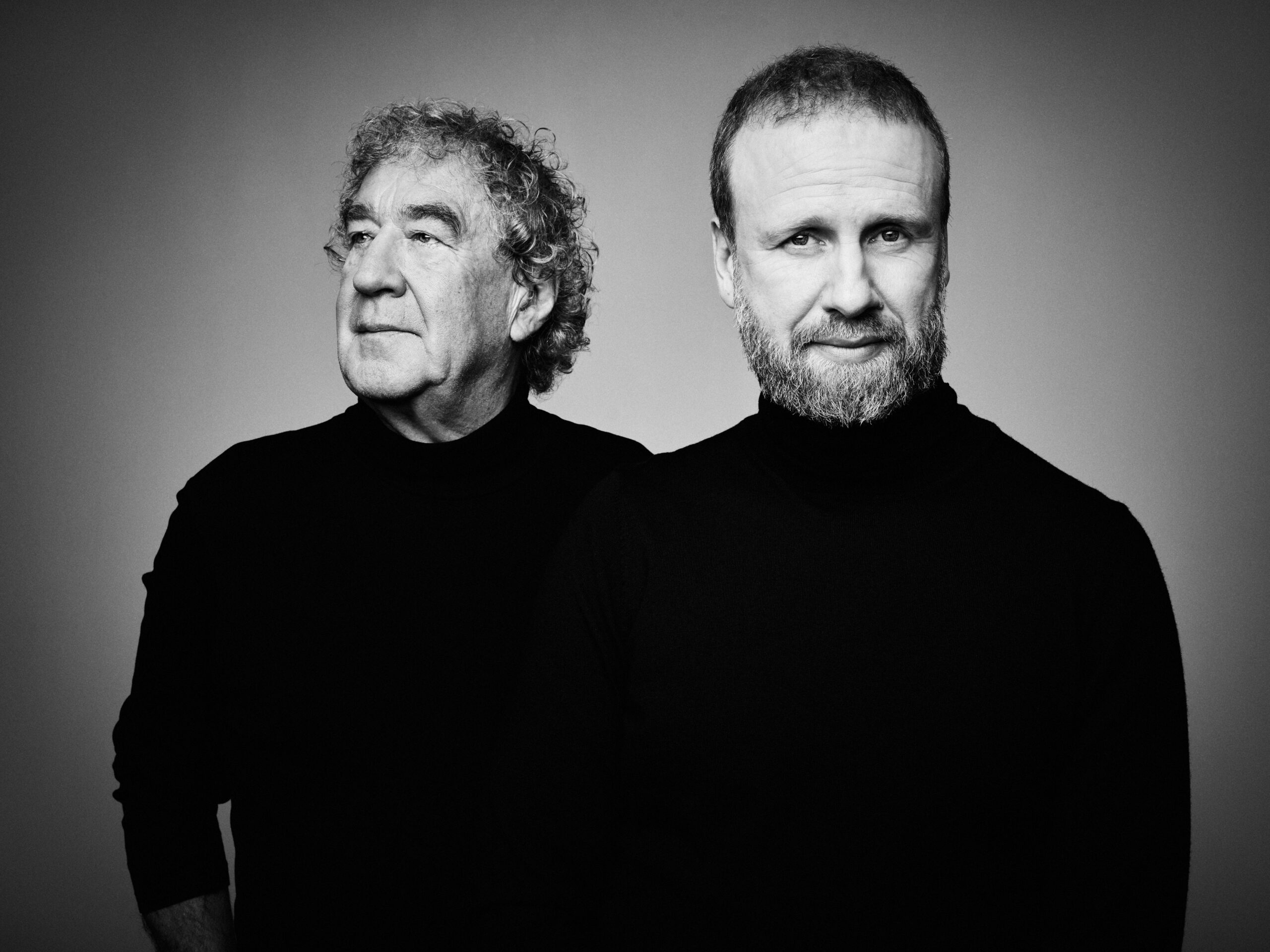Location
Performers
Director Kôhei Oguri
Description
Japanese director Kôhei Oguri’s The Buried Forest is entirely representative of the so-called small independent cinema art. Oguri, whose earlier films such as Muddy River (1980) or The Sting of Death (1990), won awards at the Cannes, Tokyo, Yokohama and Montreal film festivals, takes us to the beautiful Japanese countryside.
Machi, a high school student living in a small mountain town, is a sensitive, thoughtful, withdrawn teenager searching for herself, like all teenagers over the world. She comes up with the basis of a fantasy story, to which she and her friends add more and more different episodes that break away from the everyday life of adults in the village. The Buried Forest has a summery, warm, idle feel to it and a nostalgic slowness, which is like a stopover between the dreamy carefreeness of childhood and the mundaneness of adulthood.
However, a big storm and a landslide cause a fairy-tale thousand-year-old forest to open up from the earth, and people can enter a new space where reality and fantasy mix and where everything becomes possible. Oguri beautifully portrays the passage of time, the bridges between generations, and meditates on the boundaries between the visible and the invisible. The rediscovered forest symbolises that we have to see beyond what reality wants to show us, and that “a better world is possible” if we make the effort to change our reality. As Oguri himself has commented, “The community depicted in The Buried Forest does not represent a desire to go back to the old days. At the beginning of the 20th century, the Japanese still lived by the concept of mura, or the village community mentality, where everyone thinks alike and no one can express dissenting opinions. Because of this mentality, no one was against the war, and that’s why World War II could happen.”
Aruvo Peruto, credited as the film’s composer, is of course Arvo Pärt, whose Silouan’s Song is heard three times during the film — first around the 20-minute mark, as if a gateway to Machi’s fantasy world of big rolling balls, and then for a longer period just before the end, merging with the film credits.
The Buried Forest / Umoregi
2005, Japan
Director Kôhei Oguri
The Arvo Pärt Centre’s film evenings “Pärt & Film”, taking place from August 25th to August 27th, exhibit the surprisingly rich and versatile film language of screen works in which Arvo Pärt’s music is used.



